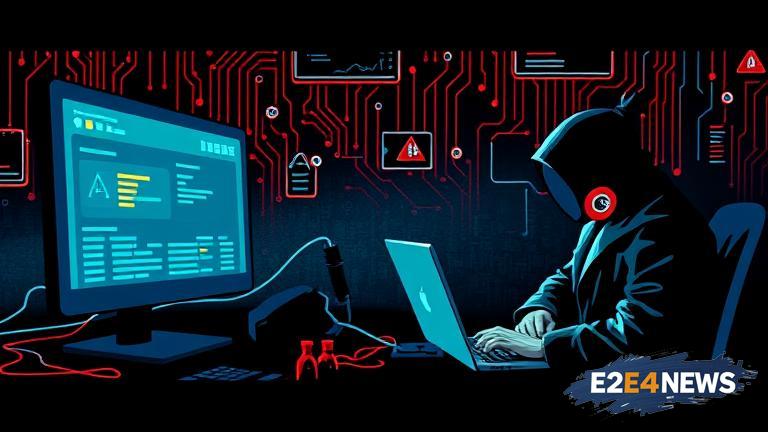The cybersecurity landscape has witnessed a significant shift in recent times, with a notable increase in cyber threats. Infostealers, a type of malware designed to steal sensitive information, have been on the rise. These malicious programs are capable of extracting valuable data, including login credentials, credit card numbers, and other personal information. The surge in infostealers has been attributed to the growing demand for stolen data on the dark web. Meanwhile, Linux attacks have also been gaining traction, with hackers exploiting vulnerabilities in Linux-based systems to gain unauthorized access. The rise in Linux attacks can be attributed to the increasing adoption of Linux-based systems in various industries. Cybersecurity experts warn that the surge in cyber threats is a cause for concern, as it can have severe consequences for individuals and organizations. The stolen data can be used for various malicious purposes, including identity theft, financial fraud, and ransomware attacks. Furthermore, the rise in Linux attacks highlights the need for organizations to prioritize cybersecurity and ensure that their systems are up-to-date and secure. The cybersecurity community is working tirelessly to develop new strategies and tools to combat these threats. However, it is essential for individuals and organizations to remain vigilant and take proactive measures to protect themselves from these threats. This includes implementing robust security measures, such as firewalls, antivirus software, and encryption. Additionally, individuals should be cautious when clicking on links or downloading attachments from unknown sources. The surge in cyber threats also highlights the need for greater awareness and education on cybersecurity best practices. As the threat landscape continues to evolve, it is essential for individuals and organizations to stay informed and adapt to the changing landscape. The consequences of a cyber attack can be severe, resulting in financial losses, reputational damage, and legal liabilities. Therefore, it is crucial for individuals and organizations to prioritize cybersecurity and take proactive measures to protect themselves from these threats.
